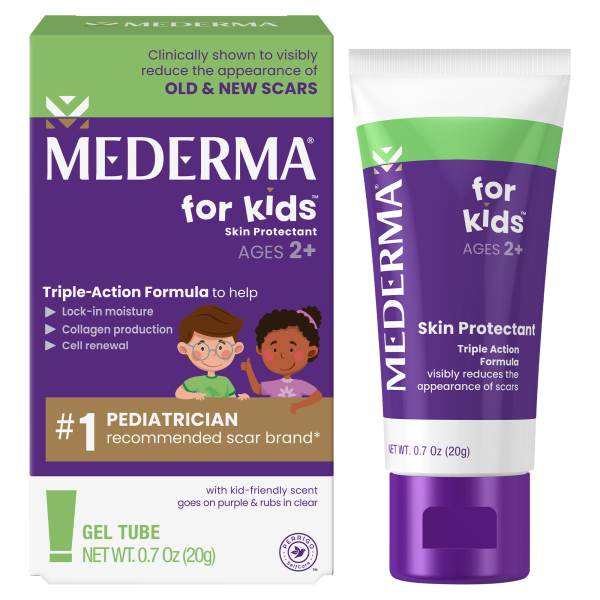Caused by herpes simplex virus type 1 (HSV-1), cold sores are small painful blisters[1]. Not only are they often painful, they can also make people feel self-conscious. Yet, cold sores are actually a fairly common condition affecting up to 50-80% of people in the US[2].
Find out more below about what cold sores are and the areas of the body they can affect.
- Cold sores are caused by the HSV-1 virus, while herpes can be caused by HSV-1 or HSV-2
- Cold sores can appear on the mouth, nose and even other places on the face[1]
- The virus can be transmitted through physical and in-direct contact[1]
In this article:
- What are cold sores?
- Cold sore – the scientific definition
- What’s the difference between cold sore and herpes?
- Cold sores on nose and face










